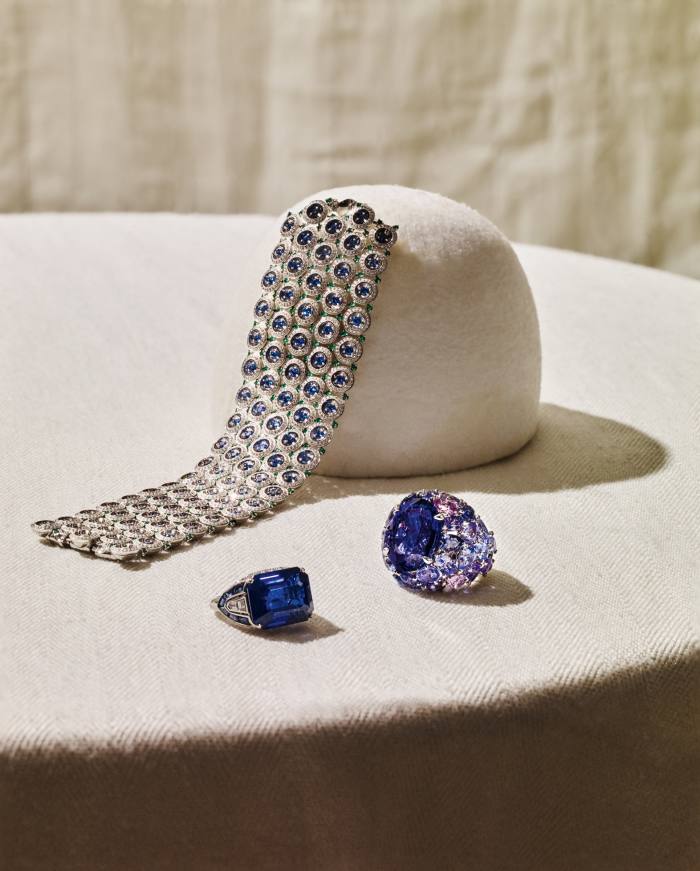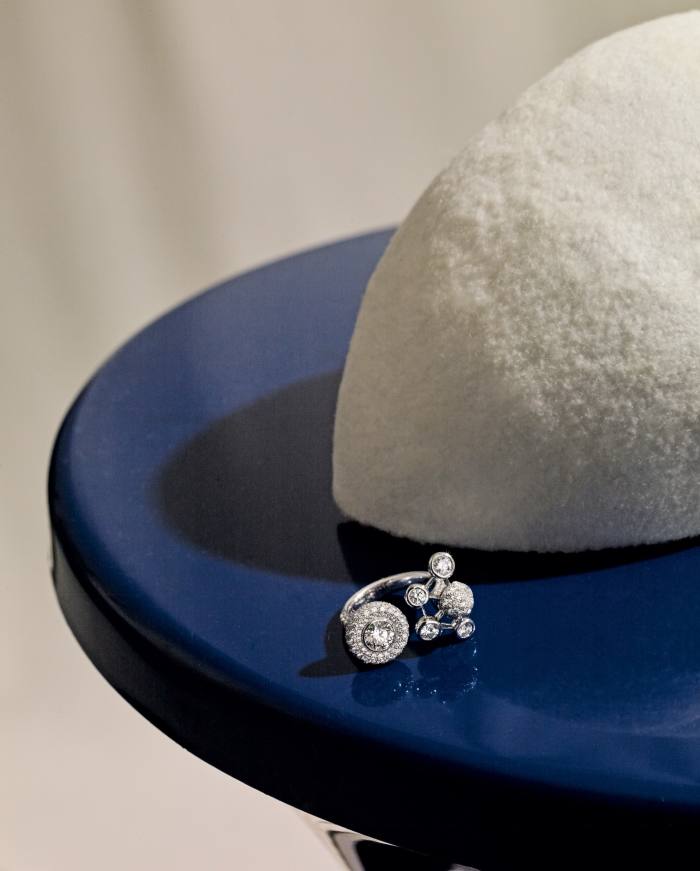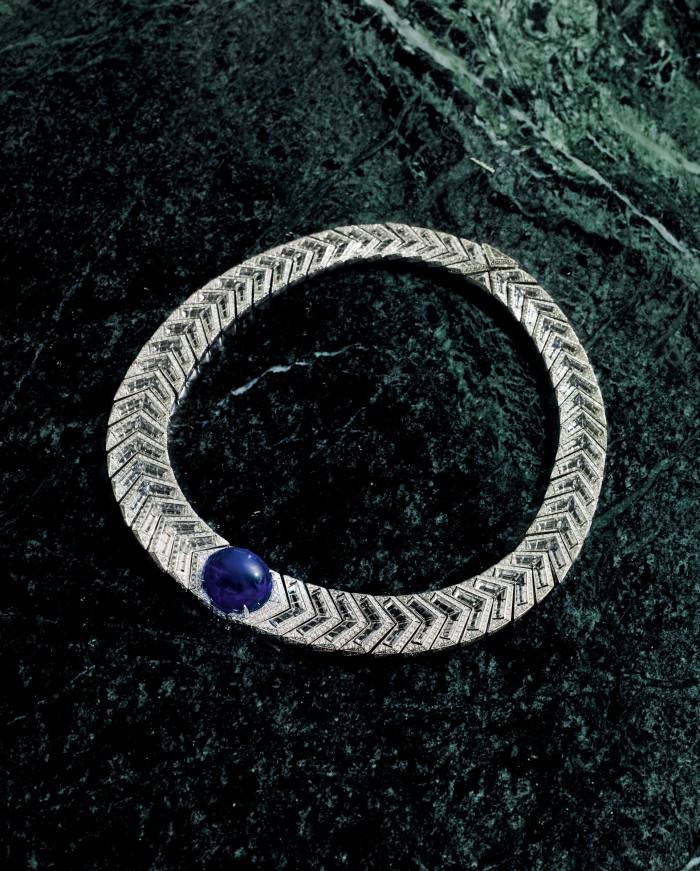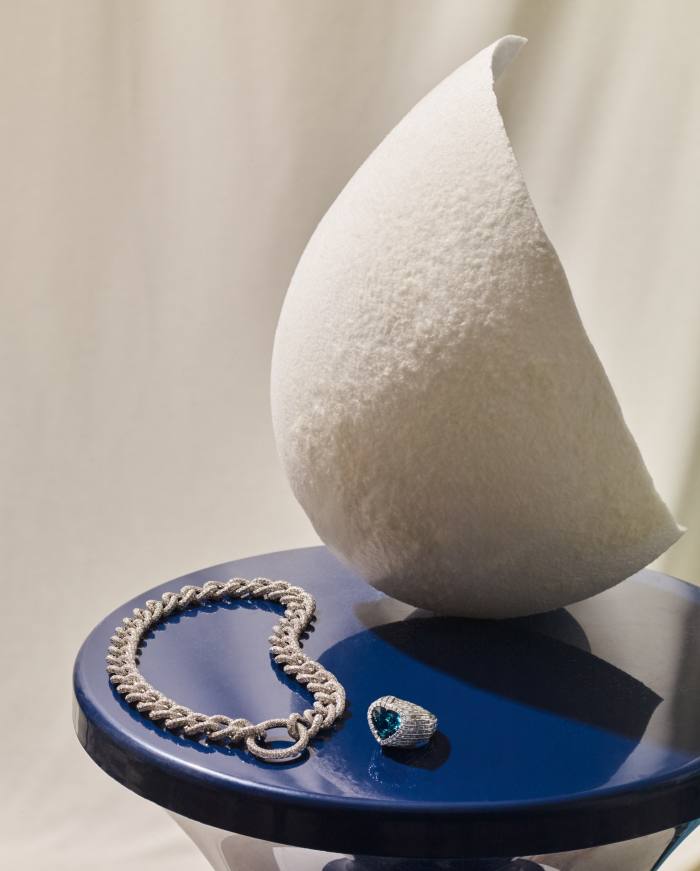Emeralds are green, rubies are red and sapphires? Well, sapphires are not always blue. Depending on their origin, sapphires emerge from the earth in a baffling spectrum of hues. Yet it is the blue sapphire that fascinates us most. As Joanna Hardy – gemmologist, jewellery specialist and author of Sapphire: A Celebration of Colour – points out: “Blue stones come in all different shades, but you will never confuse a sapphire with any other because its saturation of colour sets it apart.”



While Burma sapphires are prized for their deep, royal-blue tone, those drawn on the Kashmir-Pakistani border are highly coveted for their “velvety” cornflower colour. Untreated blue sapphires from both regions are increasingly rare and continue to achieve record prices at auction. Last November, Sotheby’s Geneva sold a 20.16 Burmese-origin sapphire ring at $137,525 per carat. Yet Hardy believes that the quality of a stone does not only come down to origin. “Geology knows no boundaries,” she says. “It’s all about how a stone speaks to you, and I think we are all drawn to blue without knowing why.”



Experts at the Pantone Color Institute may have the answer as to why. “When used together, the clean and crisp character of cool colours can imply status and calm,” the Institute says of the allure of blue gems – not just sapphires but tanzanites, blue spinels and blue tourmalines.
Jeremy Morris, the CEO and creative director at David Morris, chose the Burma sapphire cabochon for the house’s Capola necklace over an emerald or a ruby because “I had owned it for a while and just kept going back to look at it. It had a lovely colour but a silk asterisk – a star of light – in the centre, which is common in natural blue sapphires, but I wanted a purer representation of the colour.”



While it’s typical for stones to be heat-treated to saturate the hue, Morris took the traditional route – he tilted his stone and repolished it. “By moving the asterisk to the edge, the star was no longer visible,” he says. Yet while it undoubtedly improved the beauty of the sizeable blue unheated gem, it meant removing about five carats from the 65.25-carat original. Which begs the question – why would a stone expert agree to cut precious carats off a rare Burma sapphire? “Because the colour we achieved was so joyful, it just made me happy.”

Photographer’s assistant, Camille Coutherut. Production, Jason le Berre at Home
Stay connected with us on social media platform for instant update click here to join our Twitter, & Facebook
We are now on Telegram. Click here to join our channel (@TechiUpdate) and stay updated with the latest Technology headlines.
For all the latest Fashion News Click Here
